506 Views
Root Cellar Ravaged by 1869 Flood Becomes a Beautiful Lab Space

by
Audra Hughes
(IC: homeowner)
$1500
2 Weeks
Advanced
We live in the oldest portion of a house that suffered severe damage in the Great Denver Flood of 1869. The top portion of the house was razed and rebuilt in 1929, but our portion (the garden level and house foundation) remained intact enough to keep. We thought we were working with a dirt floor, but it turns out there's actually concrete underneath that someone laid at some point. About a foot of silt from that flood covered the floor, and we had to haul it out by loading into trashcans, and hauling it up the stairs and back down into a dumpster out back. The bricks were crumbling, the windows had been bolted shut, various pieces of furniture that had been left over the history of the house were scattered about, and the room was a disaster that we never thought would be usable space. These are the before pictures.
The room had not been touched since at least the 1940s or 1950s, and the dirt that filled the room had never been removed. During the dig through the dirt to find a concrete floor, we started to find black glittery dust, evidence that this was once the furnace room, along with a sealed-up old coal chute, covered in cobwebs. The shelves pictured here were penciled with the names of fruits that one could reasonably grow here and can for preservation. Note that the wood from those doors was a weird amalgamation of different hardwoods from different trees. The windows are the same; we found a piece of scrap burl maple (just one piece, on just one window) that verifies that this portion of the house is indeed very old. We believe that whomever built this house was either a professional carpenter or a hobbyist of some sort, and probably just used scrap pieces of wood to make whatever he needed to in order to build this house. The inlaid wall cabinet, which we believe was built when the house was erected, was covered in black glittery dust, which we also believed to be remnants of coal from when this was a furnace room. We're not sure at what point the windows were boarded up and bolted shut, but when you consider that this room might not have seen even a sliver of light for up to 150 years, you start to get a feeling for the elation we felt when we finally got the windows open.
Here's a before picture of a lonely shelf that someone left to rot in this abandoned room at some point. This is after we cleaned the inch of dust off of it.
Here's AWFUL old spindle-legged table that someone obviously owned in the 1950's, and abused to the point of disuse, another thing that someone left to rot in that room, haunted by the memories of a devastating flood. See those signs in the corner? We have no idea how old they are, but note that there's a water district sign that's hand painted. We kept the table, and the signs too, and refurbished everything that wasn't completely trashed. Note that just the removal of dust from every object in this room took about a week.The room was also covered in 150 years of spider webs and detritus, which we had to scrub. There's not a surface in this room that was usable space before we started, and note that it's the size of our living room, coming in at about 300 square feet.
Here you see an after-photo of one of the windows and the resealed brick. We had to clear-coat and reseal it, because it was absolutely crumbling. Now it has an artsy industrial feel. The addition of living plants has helped to filter the air and give the space a living, workable feel.
Here's a picture of a 1929 waterfall vanity that I inherited some time ago and moved into the room. I use this piece of furniture as both a vanity and a desk. It looks very at-home in there, being that the room is incredibly old. The lamp that sits on the floor is a refurbished and painted lamp structural lamp from the fifties, with an authentic 1950s barrel shade. The post in the center of the room was painted a dark magenta, to complement the dark cherry floors. We picked dark cherry because the room has been remodeled into a cosmetics lab (I am a cosmetics manufacturer, you can see my handiworks over on Etsy at https://www.etsy.com/shop/PropheticsCosmetics?ref=si_shop). If you know anything about making color cosmetics, you know that light floors are simply not an option, as pigments invariably end up on the floor, which would stain something like white pine, or even tile. Dark wood was simply the best option for the uses this room has to accommodate.
After we cleaned up the old canning shelves, we tore off the doors and hauled them out of the house. We spray painted them gloss black, and went over everything with a coat of clear gloss spray paint. Same with the set of shelves someone left to rot. Why buy new stuff when the old stuff is so sturdy that even abuse and misuse hasn't killed it off? We figured we could cut about 300 dollars out of the budget that way, and it was a great choice. Plus...the effort of hauling a set of hardwood shelves out of there, after the back-brekaing nightmare of hauling out 150 years of silt in trash cans...well, let's just say painting it and leaving it there was a whole lot easier. Look at those beautiful floors. They are so brilliantly magenta in the daylight, and so gorgeously dark-wood luxurious at night. We laid the floors straight over the concrete after patching a few uneven and crumbling spots with quickcrete, and I am honestly surprised at how even and sleek the floors are in contrast with the awful, destroyed concrete we found underneath the silt.
A better after-view of the hardwood shelf. I topped it with a drawer unit I tore off of a baker's rack some years earlier, topped it with fresh spring plants that I bought off of the clearance rack at our nearby grocery store for 2.99, and added some statues I already owned. Beautiful!
A better view of the inlaid shelving unit, now housing a variety of cosmetic ingredients. The amount of room on those shelves is utterly astounding.
We added a wire rack shelving unit that we already owned to hold all of my train cases, as I still work as a makeup artist from time to time (my portfolio can be seen at http:/www.propheticscosmetics.com). Note again that the brick looks about a trillion times better.
See that formulation table???
Here's a little vignette shot of the corner of the room, replete with those salvaged signs, a photo light, and one of my wheeled train cases. That concrete you see is where they patched up a removed coal furnace at some point in the house's history.
The renewal of this room has made the portion of the house that we live in a much bigger space, and a far more valuable property. Having a crazy abandoned room in a house is never something that any future buyer would be psyched to deal with. Although we actually do not own our space (we rent it and get a discount for constant improvements that we make), we know we have added both value and charm to a property that sits on one of the most popular city parks in Denver, in one of the nicest neighborhoods in the entire city. I have a theory that dust has its own peculiar and negative energy, and in that room, it was certainly true times a thousand. Since the remodel, the entire house is airier, lighter, and more joyful. And note that we did all of this work for 1500 dollars in material costs, and most of that was just the renovation of the floor. Any contractor would charge far more, and now we have the satisfaction of knowing that we took on an impossible project and made it a masterpiece. If you have a terrible room like this in your house, I recommend renovating it, because it's a journey I wouldn't trade for anything, and I think it would be for anyone.
Enjoyed the project?
Published April 10th, 2014 11:03 PM
Comments
Join the conversation
2 comments
-
-
@Audra Hughes How exciting to have your own unique lab space! I bet hubby's glad, too. lol
 Stephanie Rountree
on Aug 29, 2014
Stephanie Rountree
on Aug 29, 2014
-



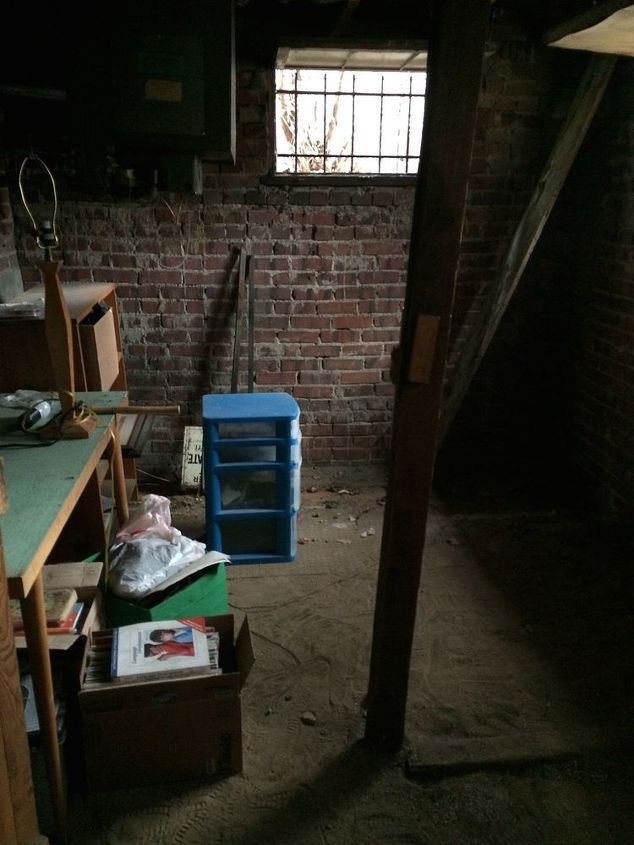
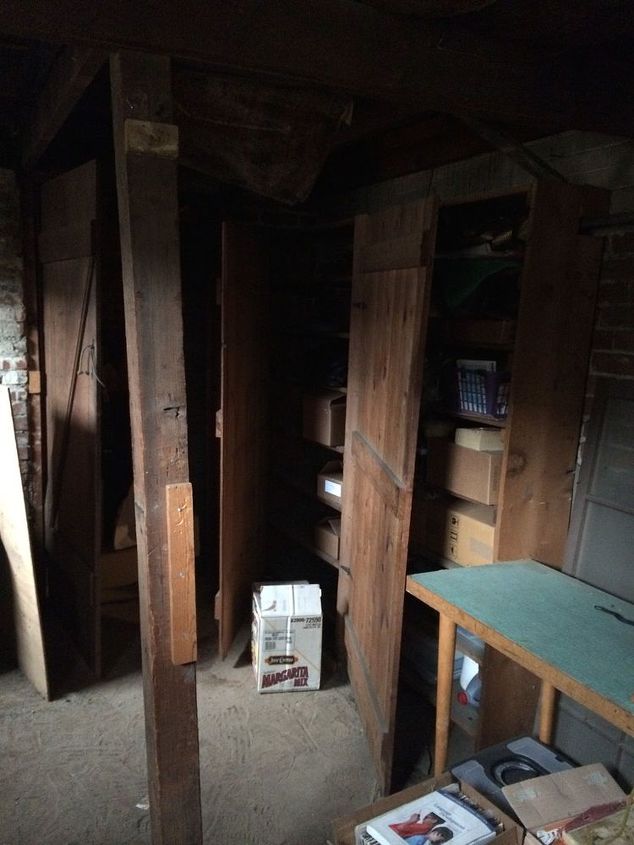
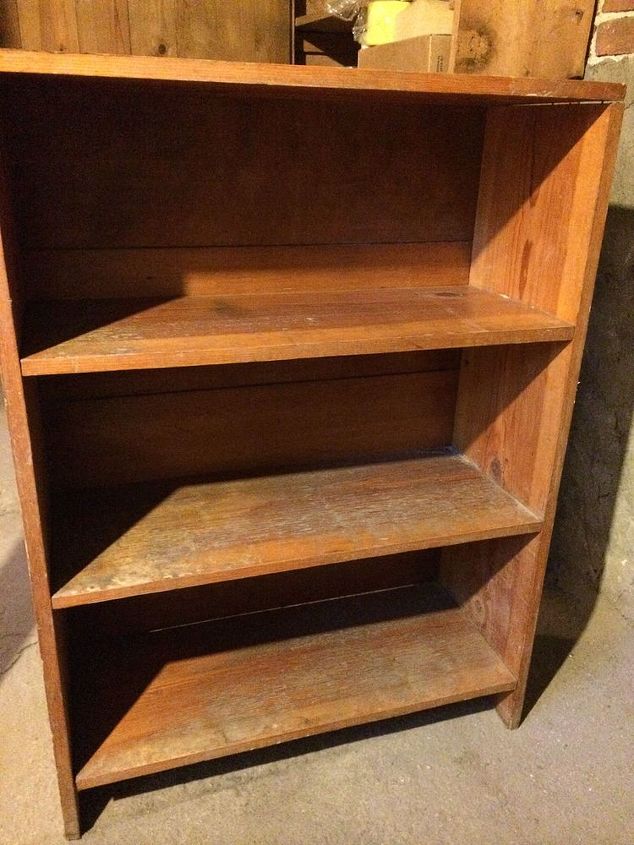


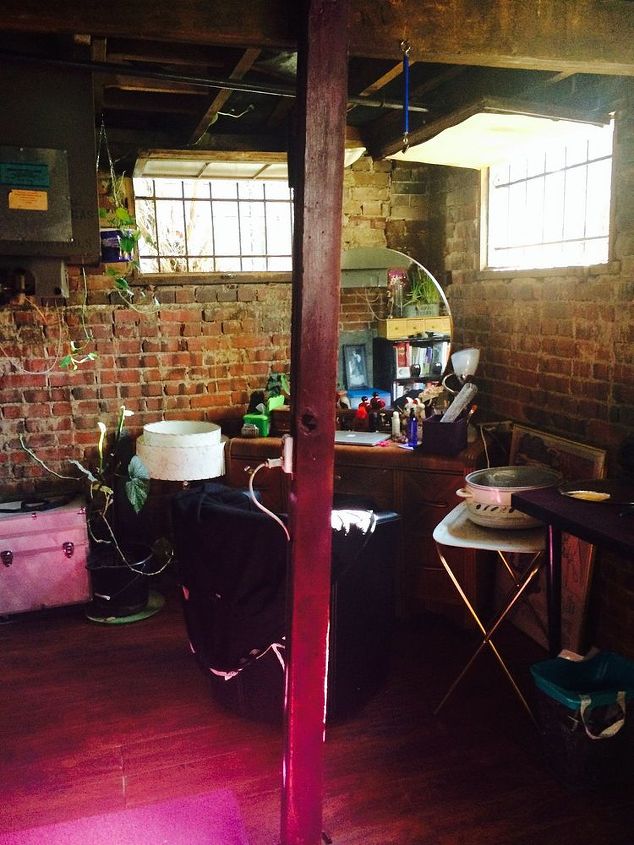

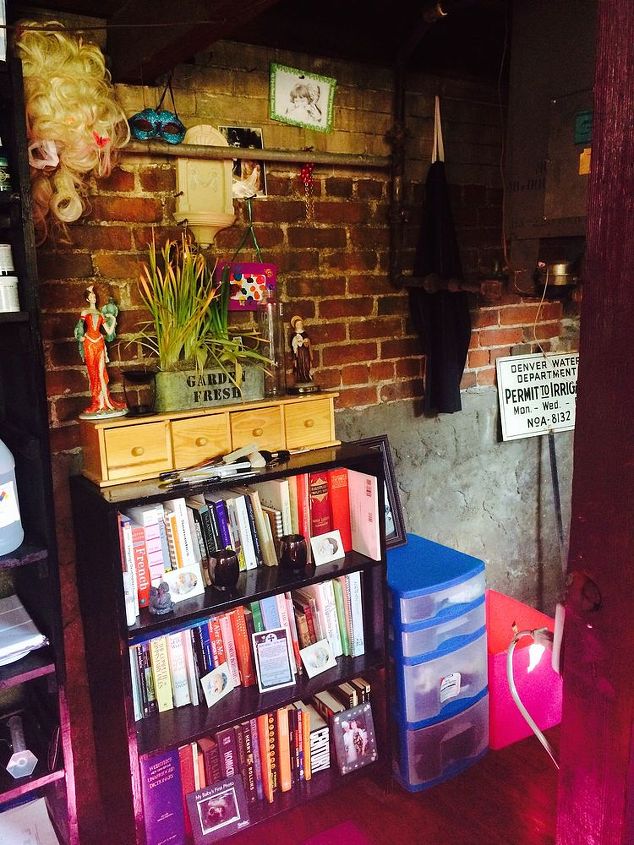
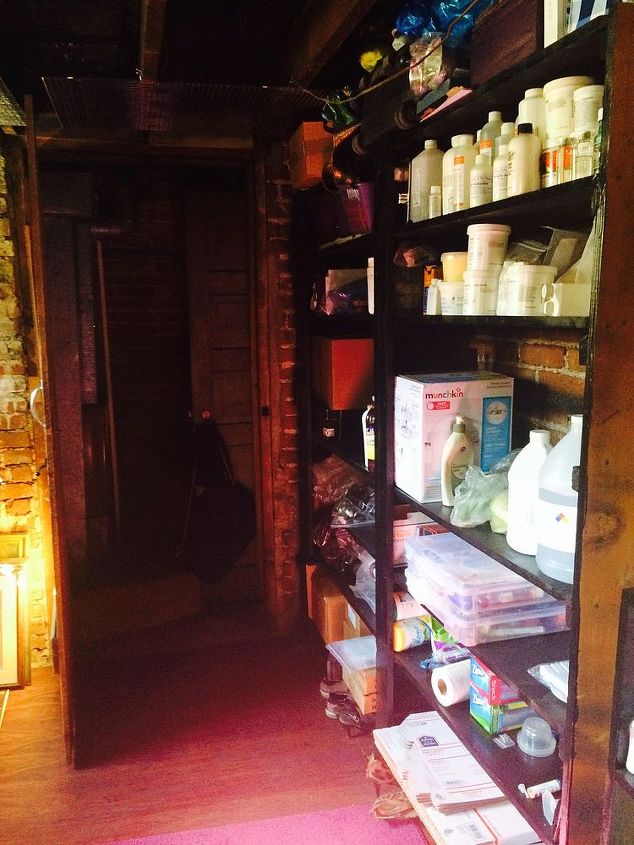
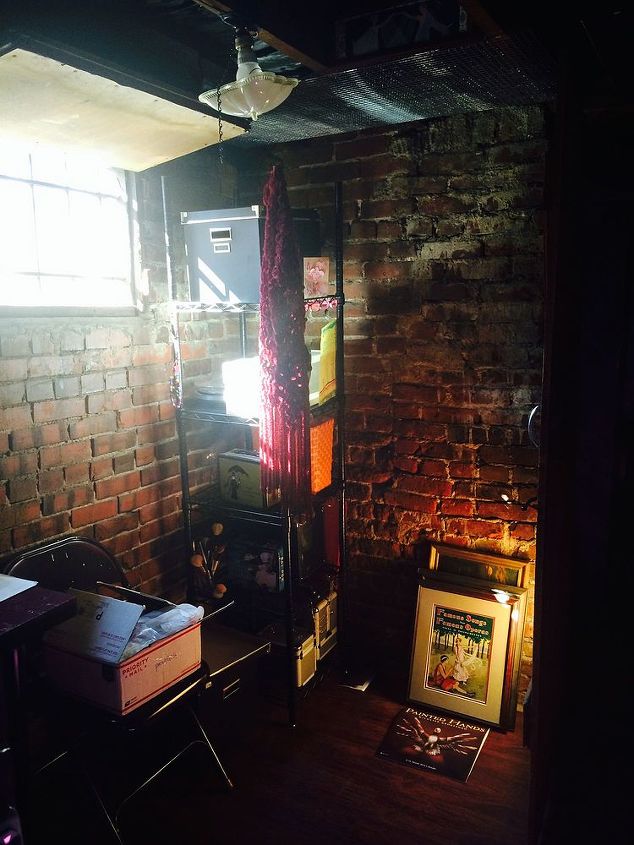
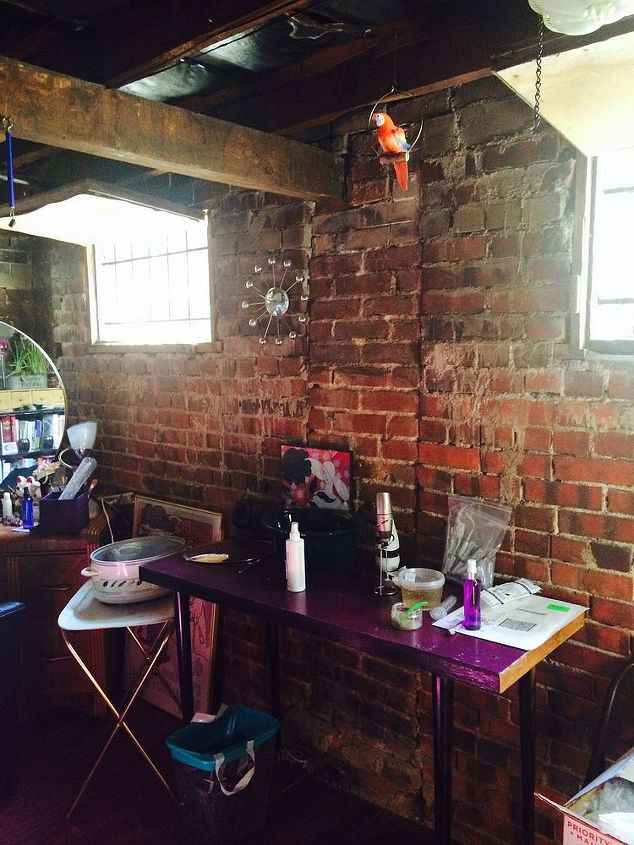
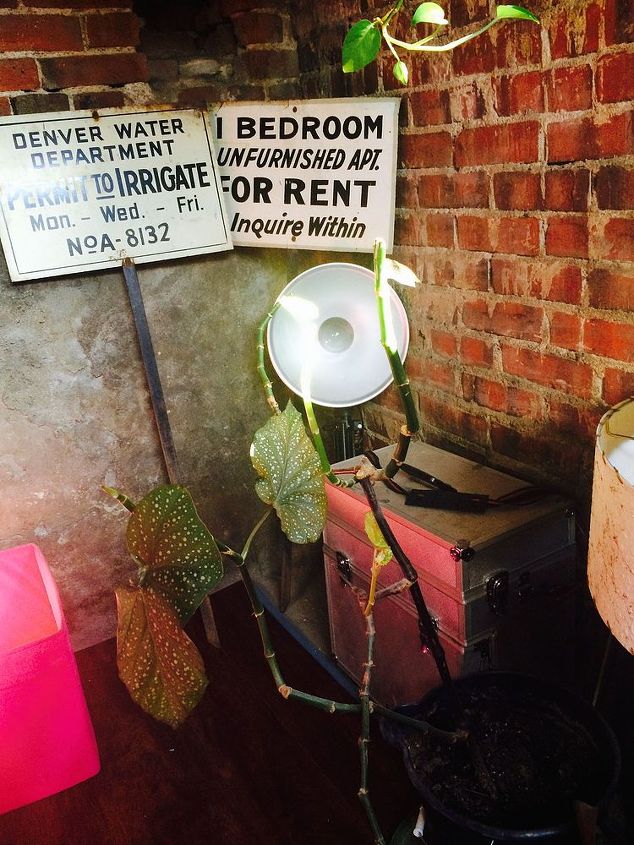
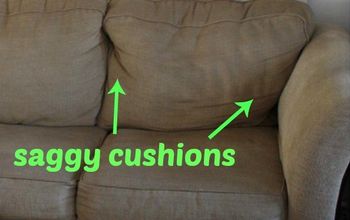




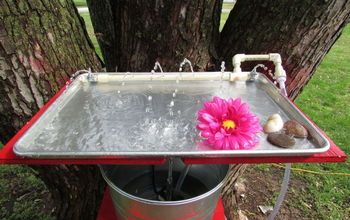
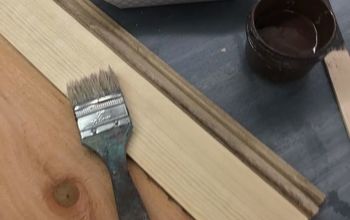

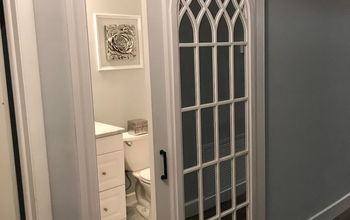


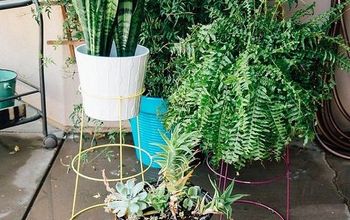
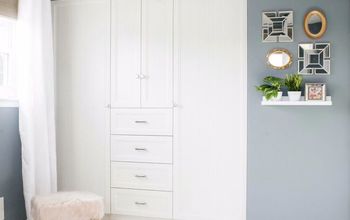
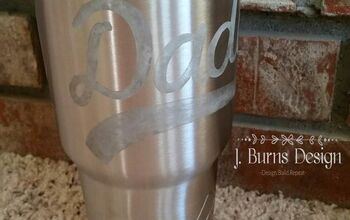



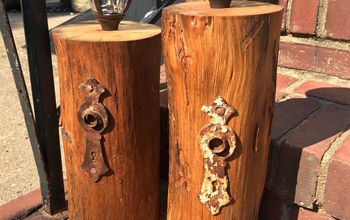
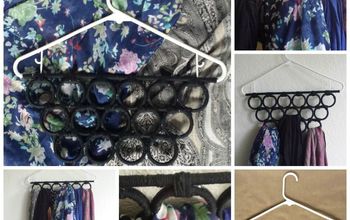

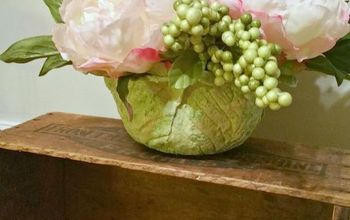

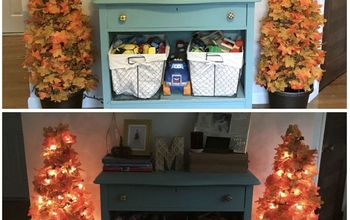
Frequently asked questions
Have a question about this project?